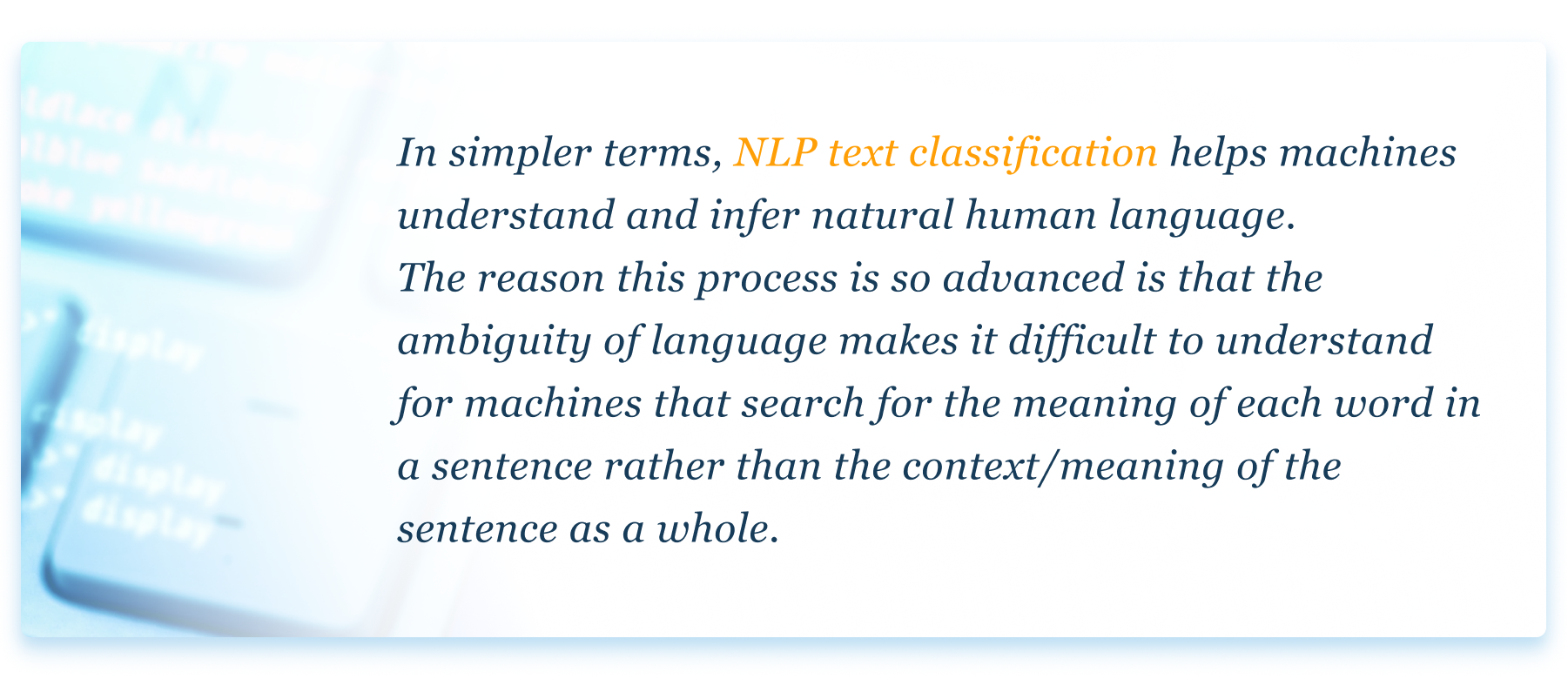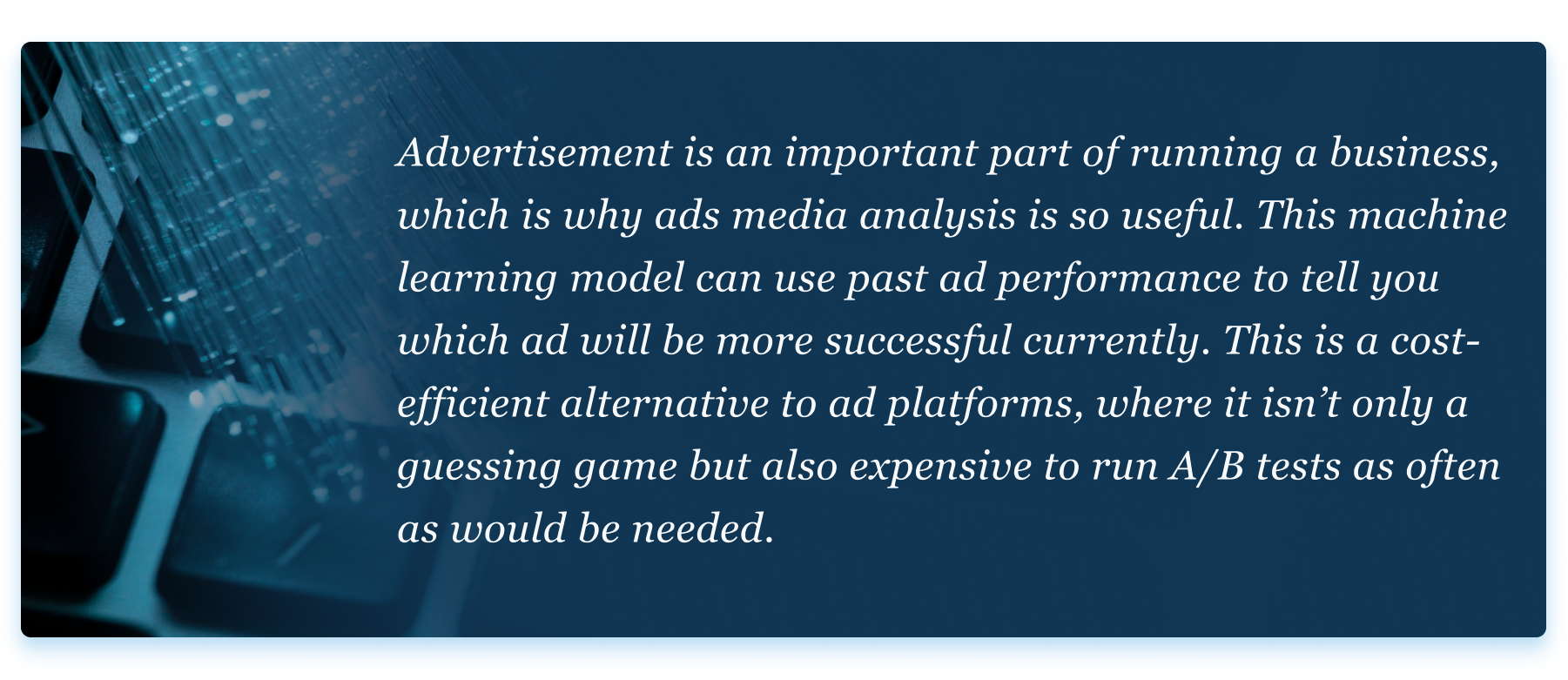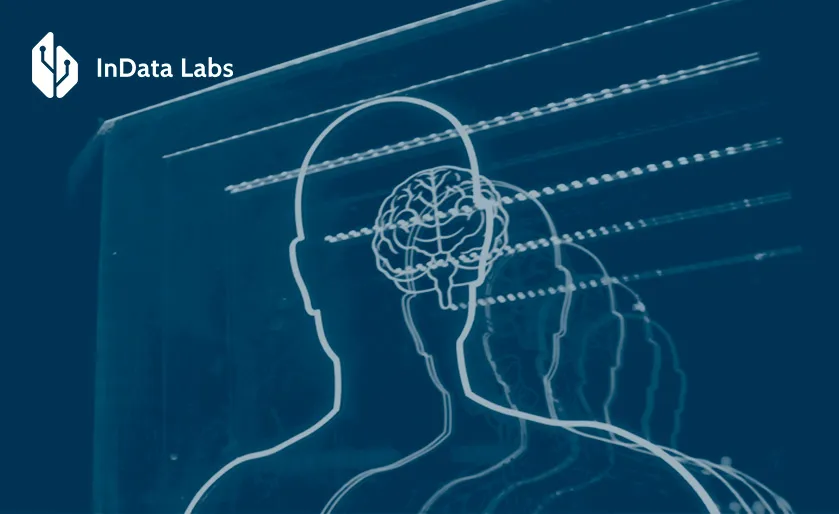Artificial intelligence has become a popular means for companies and individuals to use to solve any task that requires organization, management, or creation. Text classification in AI is a natural language processing subset found within AI overlapping into machine learning and deep learning. The aim of text classification in AI is to sort text data using artificial intelligence since most data is unstructured in nature.
AI text classification is used to aid in various business difficulties with data management. This data can range from emails to clientele support or logistics. The reason it is so sought after is that it saves companies time whilst maintaining high standards of efficacy and accuracy. Many companies have been using this to satisfy job seekers and keep them connected.
The companies can also get insights throughout the text classification process, helping pinpoint any problems and bring forth smart business decisions from this automated process. To better discover the world of text classification, continue reading about it below.
What is NLP text classification?
As mentioned above, natural language processing is the category this operation falls under within AI. It is a technology that helps businesses scale operations such as transcripts, emails, and tweets into faster and more effective ways of organizing and understanding their cognitive meaning. The texts the text classification AI analyzes are man-made in both written and spoken form.

In contrast, text classification can make the distinction between literal meanings and anomalies in human language, which is a great fit considering there are around 6,500 languages across the globe all with different disparities.
These text classification algorithms are what make this form of AI what it is. As most of us know by now, AI uses complex algorithms in combination with large data sets to bring us “intelligent” results. Naturally, the lack of sentience is what decreases any ambiguous errors one may make as a human, though the direct objectivity of artificial intelligence can also become its downfall.
There is ambiguity in speech that can become false or wrong without the right context. The overlapping of human existence and text classification using artificial intelligence results in the need for highly accurate sets of data, as well as the large amounts we mentioned earlier.
In the context of NLP text classification, there are three main processes the AI has to complete, the first being language detection. This process is simple since it involves the identification of what language the input is arriving in. In a business setting, this would most likely mean an order, a ticket, or a review. Based on its language, it will be redirected to the right team for review.
The second process is topic detection, which plays on the context of the input as well. Identifying the topic of text input using text classification machine learning will forward a review to the right team by knowing whether it is a review, for customer support, regarding a refund, and so on.
Lastly, the most difficult process text classification models have to carry out is sentiment analysis, which simply decides the feeling behind, for example, a review. Regardless of how positive or negative it is, it will be a strong addition to business insights for a company to follow up on.
Why is text classification AI so important?
We’ve mentioned how effective text classification is, but it also brings a major bonus with it for companies: it is cost-effective. It diminishes manual labor while automating business processes such as analyzing text data and can even drive business decisions using data. The reason it is so popular is that it is scalable to any business. These programs can analyze millions of bodies of text data, such as surveys, emails, comments, and so on, in just a few minutes.
Text classification AI also provides analysis in real time. This can come in handy during events such as PR disasters because it constantly analyzes brand mentions, letting companies act as soon as possible. The consistency of classification text structure also removes any human error that might occur from the subjectivity of our everyday life, such as fatigue. And that’s where large language models (LLMs) come in. They demonstrate great performance for most NLP tasks like text classification and text generation.
With the help of LLMs, you can generate intelligent texts within a second and ease the workload on your teams. Integrating LLMs into your business will maximize your automation and reduce operational costs.
How text classification works
The way text classification machine learning works is it learns using past observations. There are classifications these texts can fall into called “tags.” Thanks to those tags, machine learning algorithms can determine what text falls under which category from past associations.
Before machine learning can do its thing, it has to learn feature extraction to transform texts into vector numerical representations. Through this, machine learning is shown pairs of sets as training data. The outcomes are text classification models it can use to classify texts, which we will elaborate on later.
The exact process is as follows. The text gets put into a feature extractor, which then categorizes its features. The features go to the classifier model to then be put as tags. The program uses these tags to organize and create understandable outputs that can be used for business insights.

Source: Unsplash
We must also mention the traits that overlap NLP models for text classification with linguistics. The first step for language processing is morphology, where you look at the formation of words and the relationships between words. The second step is syntax, thus how words are put into a sentence. Third is semantics, which focuses on a word’s grammar and lexical meaning. Lastly, pragmatics focuses on the context of the words being expressed.
As we mentioned at the beginning of this article, these sleights of hand that language can have are a possible backfire in text classification processes. Thankfully, slip-ups are rare with commercially active artificial intelligence software.
Text classification examples found in business
There are many examples one can find for text classification used globally by businesses. We’ve already mentioned a few, namely language translation being a large part of text classification AI use. Let’s take a look at all the other ways this system is used everywhere.
Sentiment analysis in business
Sentiment analysis, as we’ve talked about earlier, is a way of analyzing the emotions behind data. This can be positive, negative, or neutral.
Ways of using this form of text classification include sorting through customer reviews and inquiries and prioritizing negative ones, monitoring brand sentiment through social media responses, analyzing responses to surveys, or even determining gas in the competitor’s strategy using customers.

Source: Unsplash
Customer feedback data
Text classification algorithms are great at analyzing net promoter scores, or NPS ratings, as well as product reviews and surveys. The technology provides feedback on trends and procedures that have been done so far, allowing companies to make the appropriate changes. The classification is done by focusing on tone and semantics, allowing it to be categorized as positive, negative, or neutral.
Online content moderation
This form of text classification is greatly used on social media platforms to monitor users and their material. The NLP algorithms can decode the tone and feeling behind texts to then moderate them as necessary if it goes against any community guidelines. Another type of content moderation is entity moderation, where the AI can tell you where and by who your brand has been mentioned.
Ads media analysis

The accurate ad selection will help a business’s ads run better right off the get-go.
Email campaign response
There are text classification solutions that can help the average employee save time for important things by classifying inbound emails using tags dependent on their content. This can help employees distinguish their priorities and elevate customer experiences, as well as improve the email marketing of a company.

Source: Unsplash
Text classification models
NLP models for text classification are the various pre-trained models in use for natural language processing being done with artificial intelligence. There is information on how to build an AI text classification system using AWS, but we’d rather talk about existing software. In this section, we will be discussing two models that are highly in use globally.
XLNET
Publicized by one of the largest tech giants in the world, Google, this NLP model is one of the all-around most balanced and accurate ones out there, reaching state-of-the-art standards worldwide and outperforming other famous text classification software, namely BERT.
It doesn’t simply classify text but also takes the lead with more complex forms of processing natural language. The processes XLNET uses are based on two main ideas: generalized autoregressive pretraining and transformer-XL, but we’ll say more about that later. To fully understand the workings of XLNET, we must first discuss BERT and how it differs from the others.
BERT
BERT is the abbreviation for “bidirectional encoder representations from transformers” and is a neural network model, which means it uses RNNs (recurrent neural networks) as its main process for modeling languages, answering questions, and machine translation. The reason the use of transformers is key is that they necessitate less computational power, increasing their efficiency and ease of access. BERT functions by prediction, and what made it better than the rest is how it used previous and next tokens to predict present ones, thus the term “bidirectional” for classification text structure.
BERT also uses masked language modeling to further its processes by masking 15% of inputted tokens randomly to then learn in an effort to increase its predictive accuracy. By doing so, this model, unfortunately, corrupts the input, making the output ambiguous to real-life outcomes. These masked tokens also leave room for error by being randomized. When the subject of an imputed sentence is the one being masked, and the two words have no dependence, then the output is skewed.
XLNET uses a transformer architecture which is often used by Google to translate languages. The languages are mapped in a linear manner using an encoder/to/decoder method. The main integrations from Transformer-XL are positional encoding and sequence recurrence. The key difference between BERT and XLNET is that XLNET uses bi/directional context modeling paired with auto-regressive models, giving it an advantage in over 2` tasks compared to BERT.
ERNIE
ERNIE is a Baidu-developed model that has even outperformed Google’s XLNET when looking at the GLUE benchmark, which is the general language understanding evaluation. The name stands for enhanced representation through knowledge integration, and its 2.0 version is the one most commonly used as of 2019.
What makes ERNIE unique is its implementation of defining seven tasks. This process is called “continual incremental multi-task learning,” where tasks are able to overlap, resulting in multiple outputs at a time in increments. This human-like approach to text classification creates an intuitive and easy-to-follow route for the software.
Conclusion
Text classification in artificial intelligence is a crucial step forward for companies to run smoother and satisfy customers more accurately.
We’ve mentioned two models that are widely used that differ slightly from each other just enough to become useful in different contexts, further underlining the importance of context and how advanced the understanding of the language for this AI has become. The data doesn’t lie; thus, smarter decisions being made are eminent.
Automate text classification with AI algorithms
Looking forward to automate text generation and classification tasks with technology? Contact us, and our NLP consultant will reach out to you with their ideas for a discussion.



